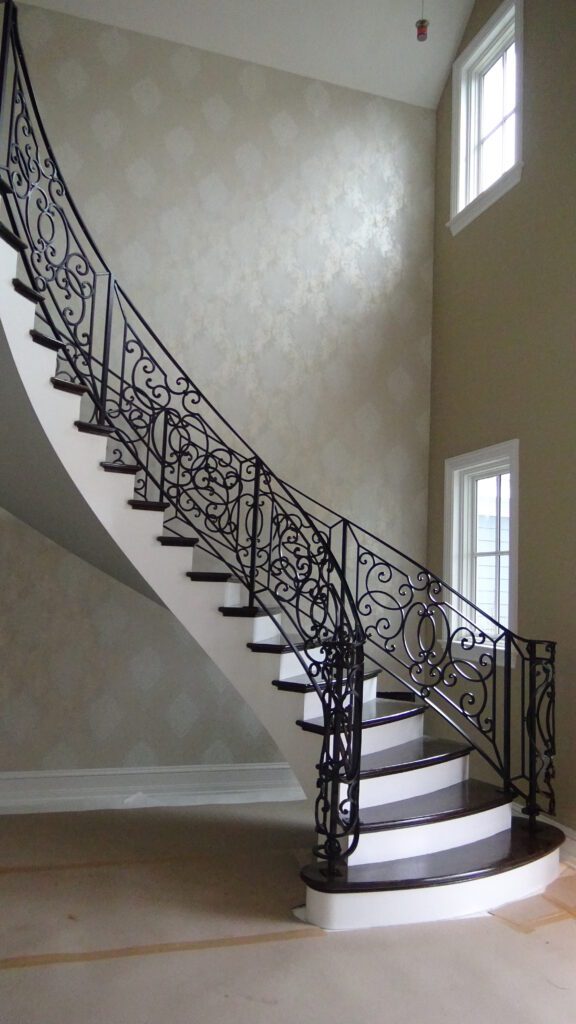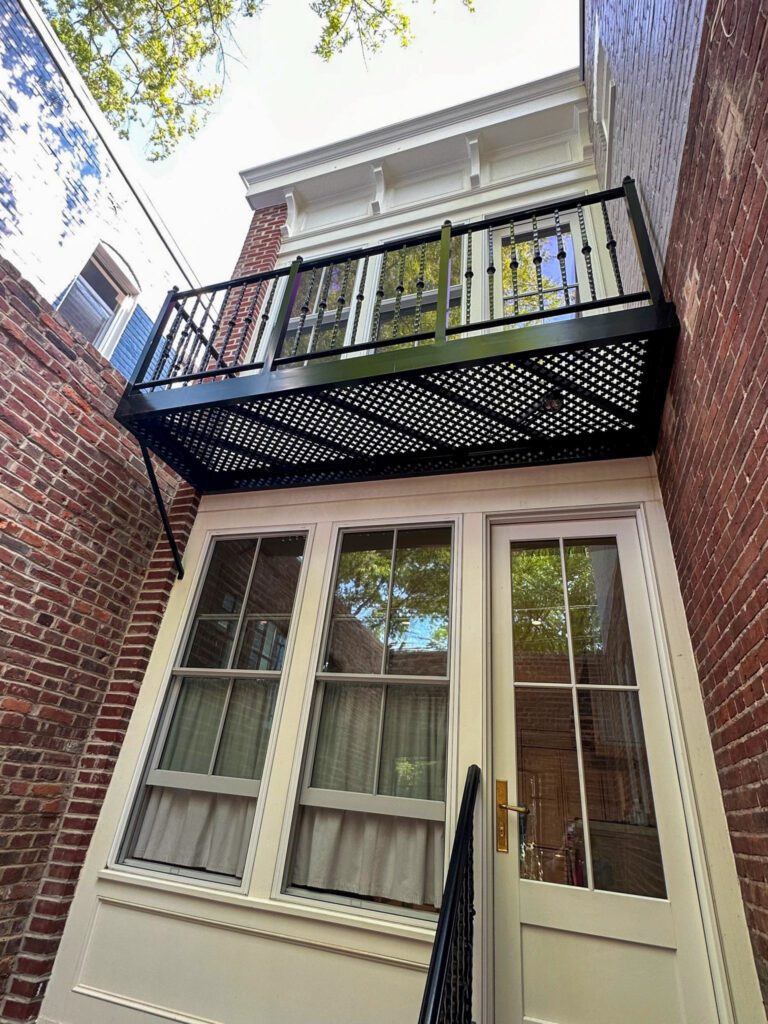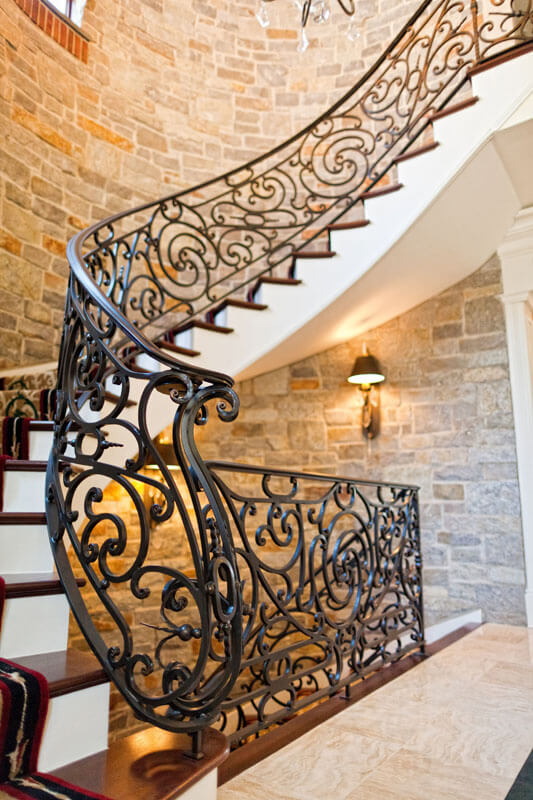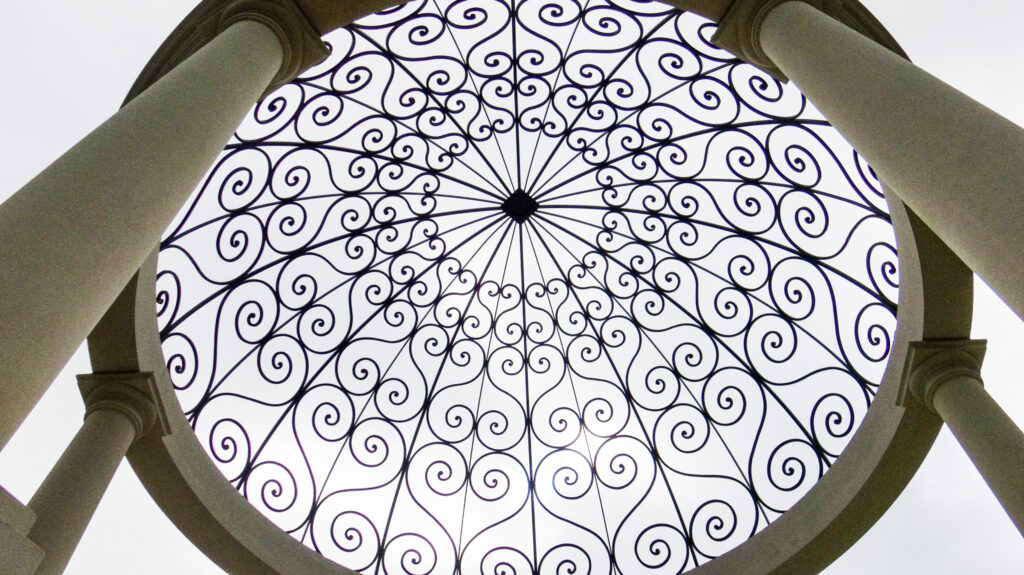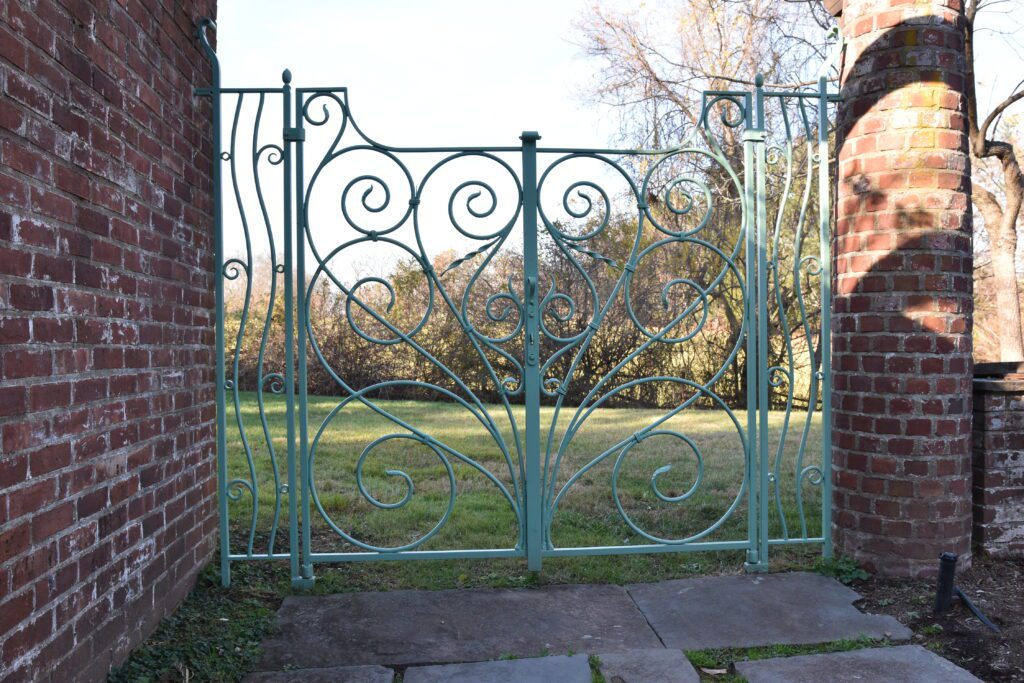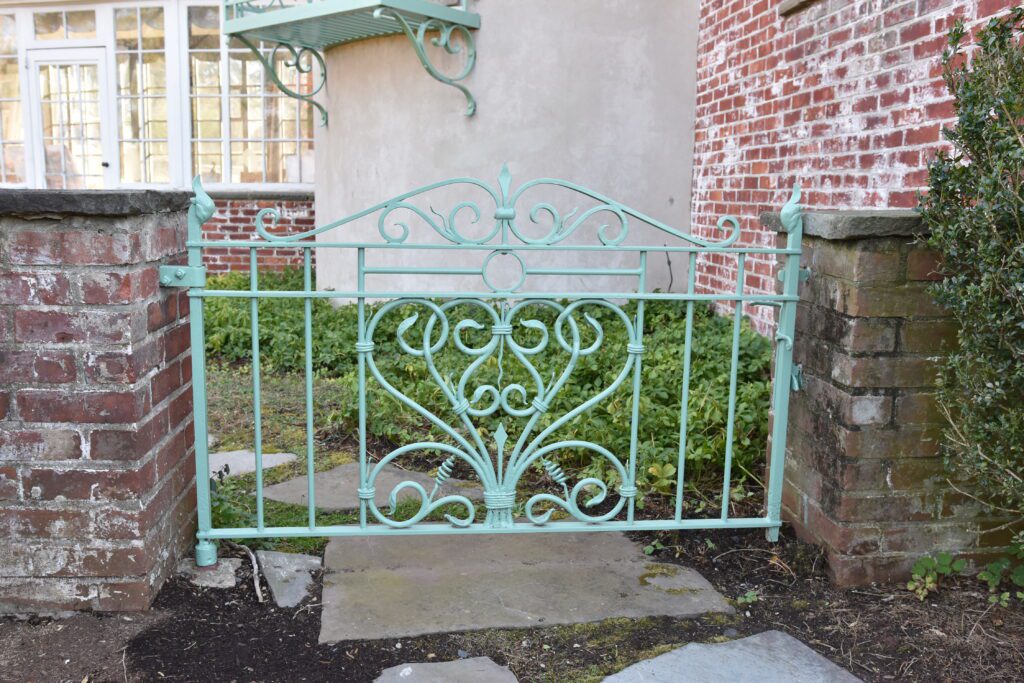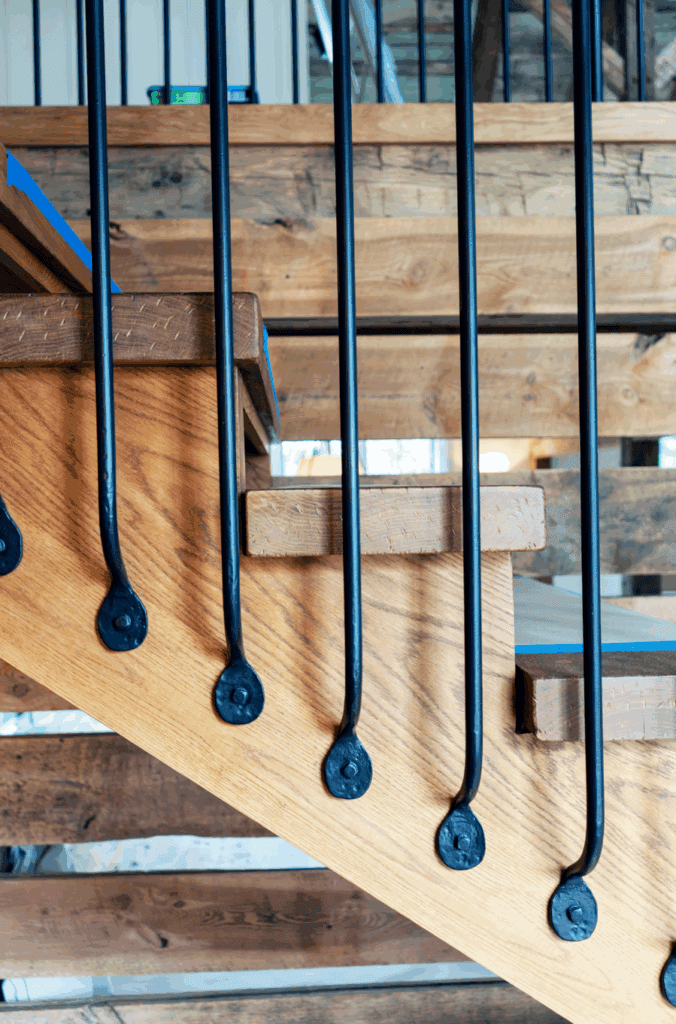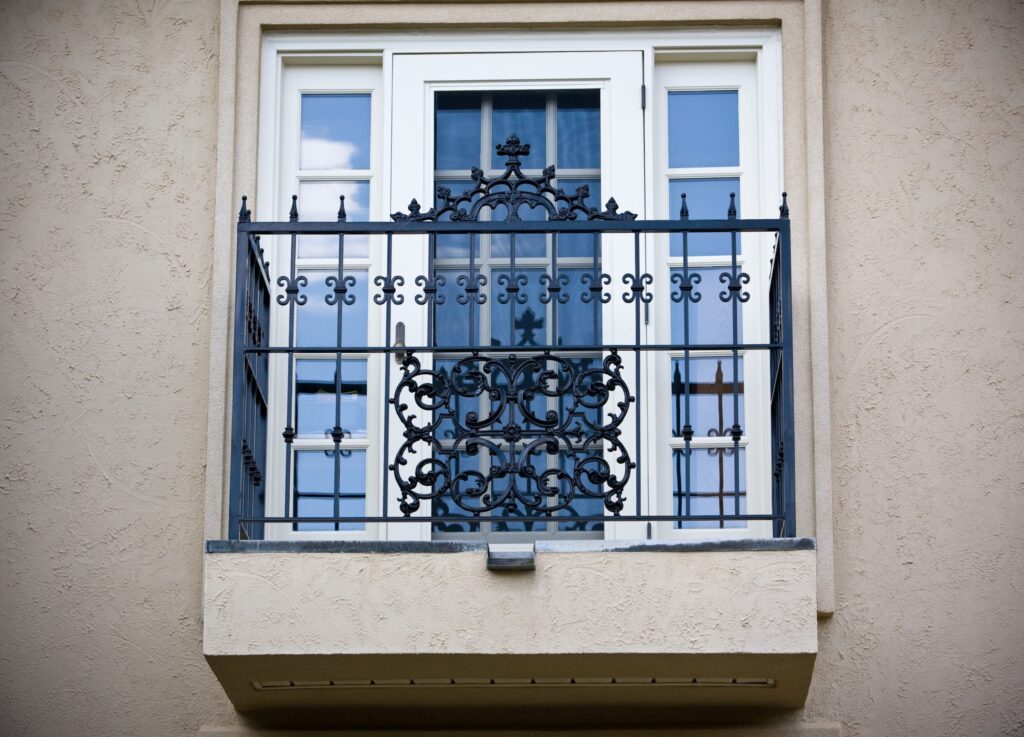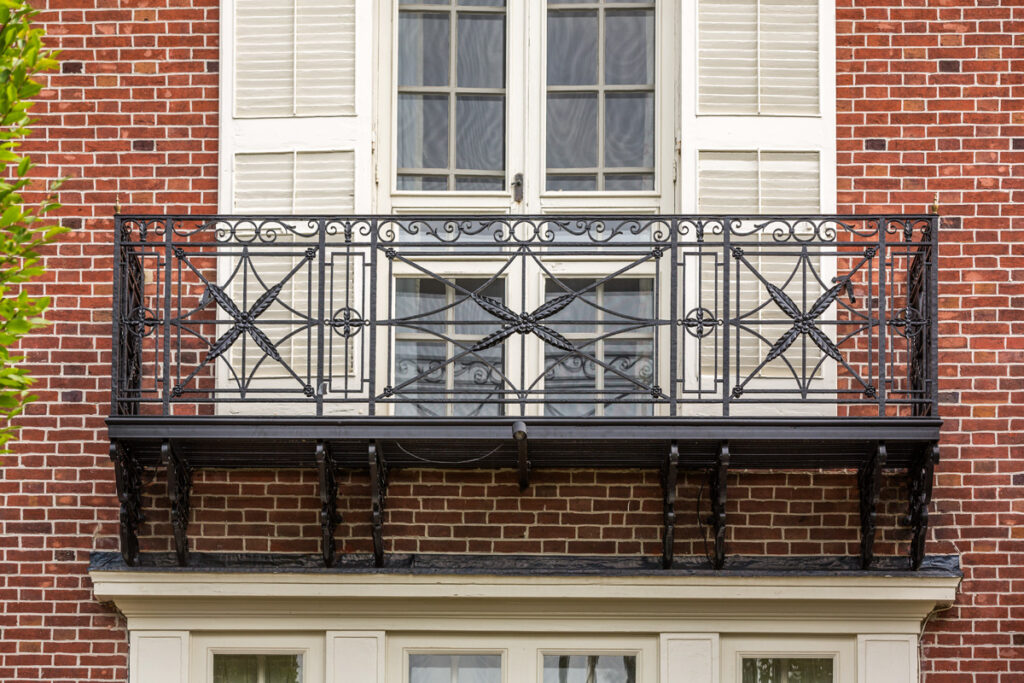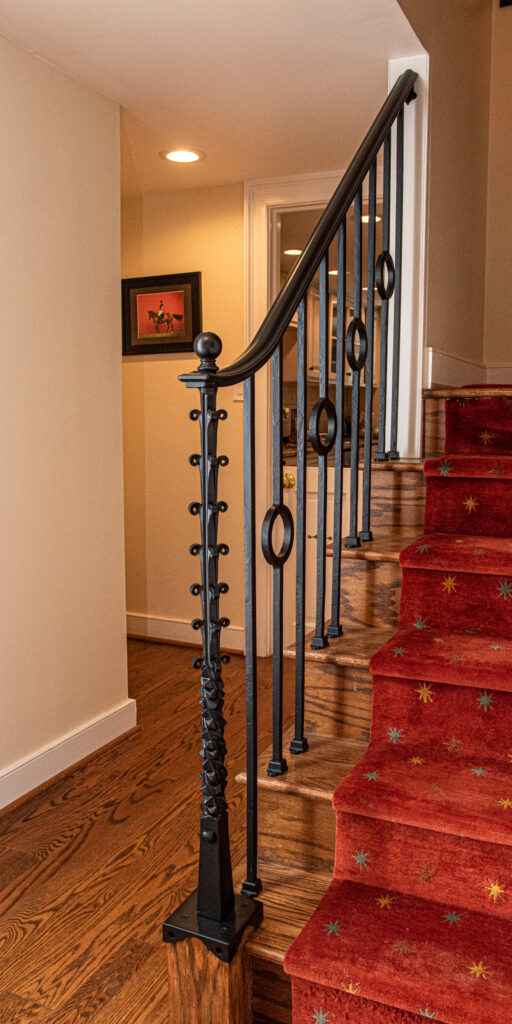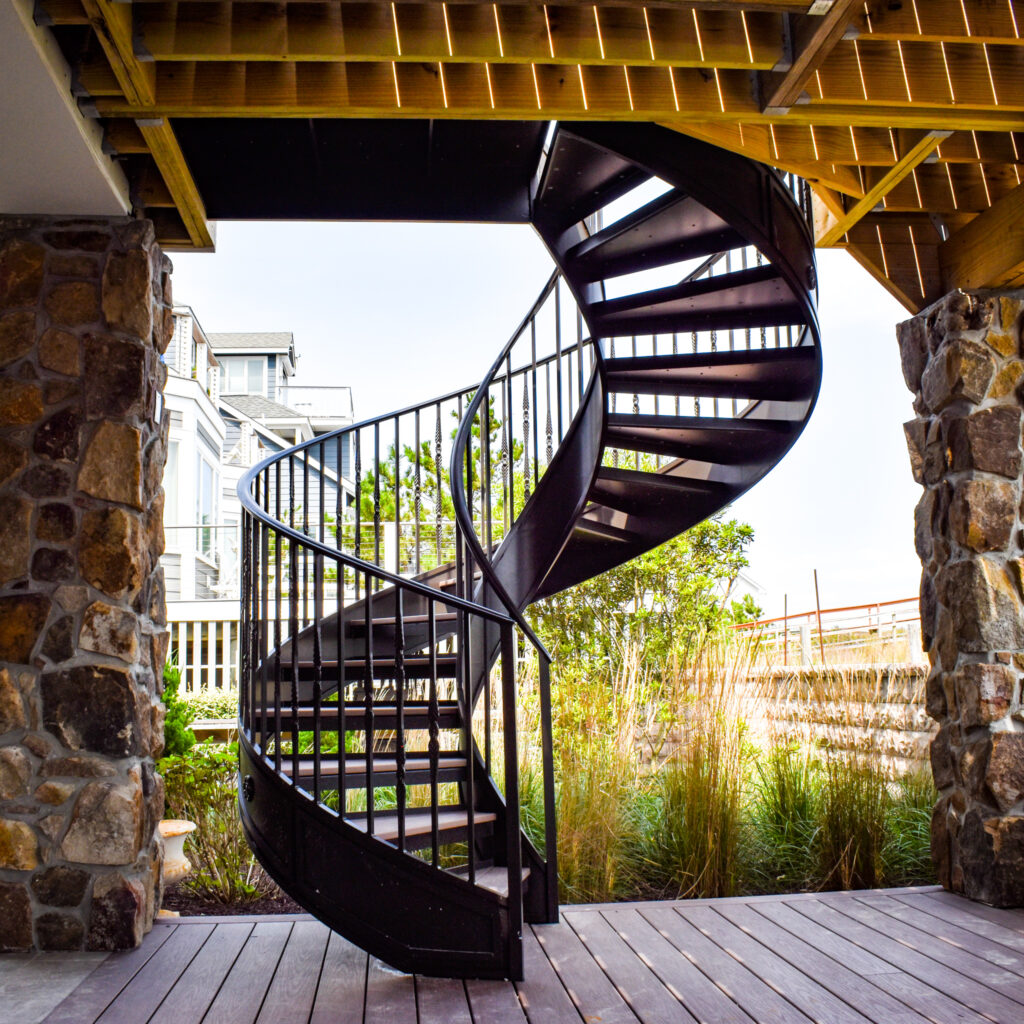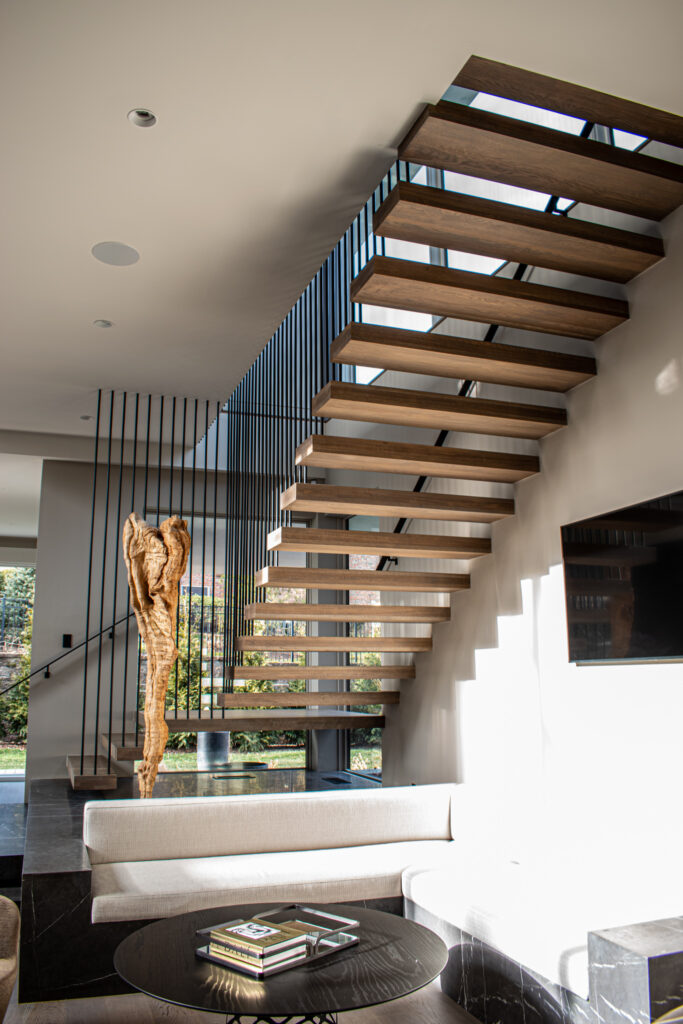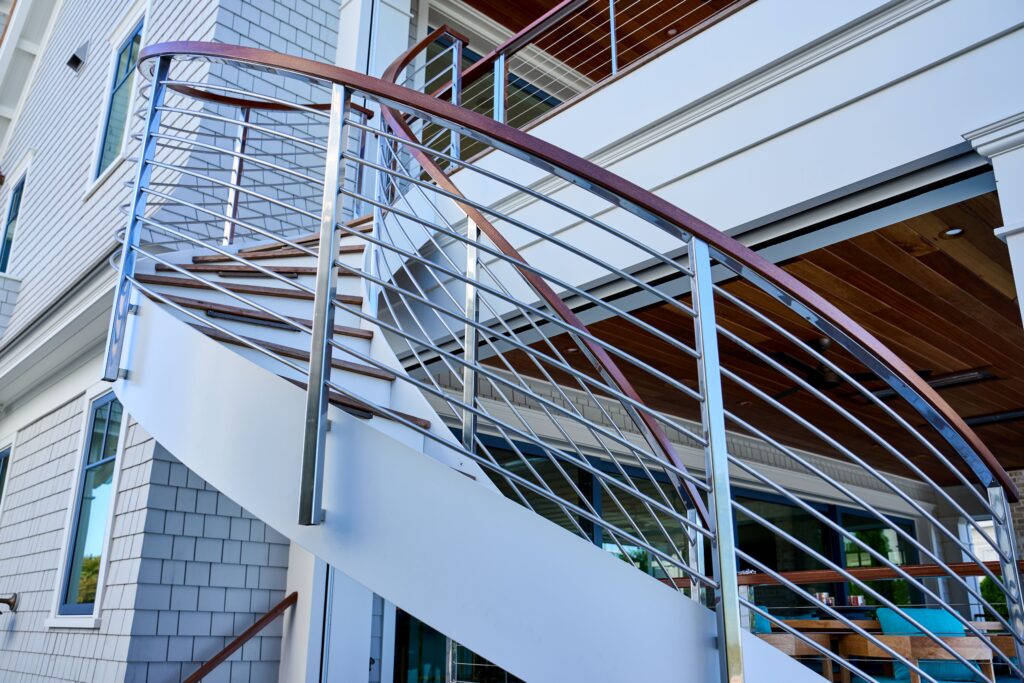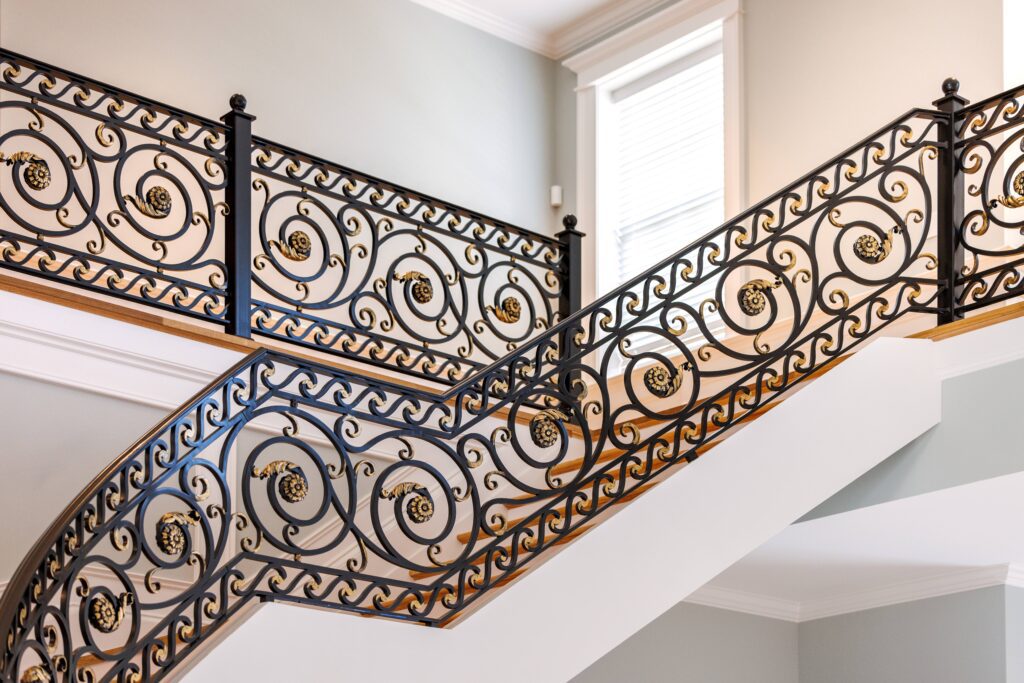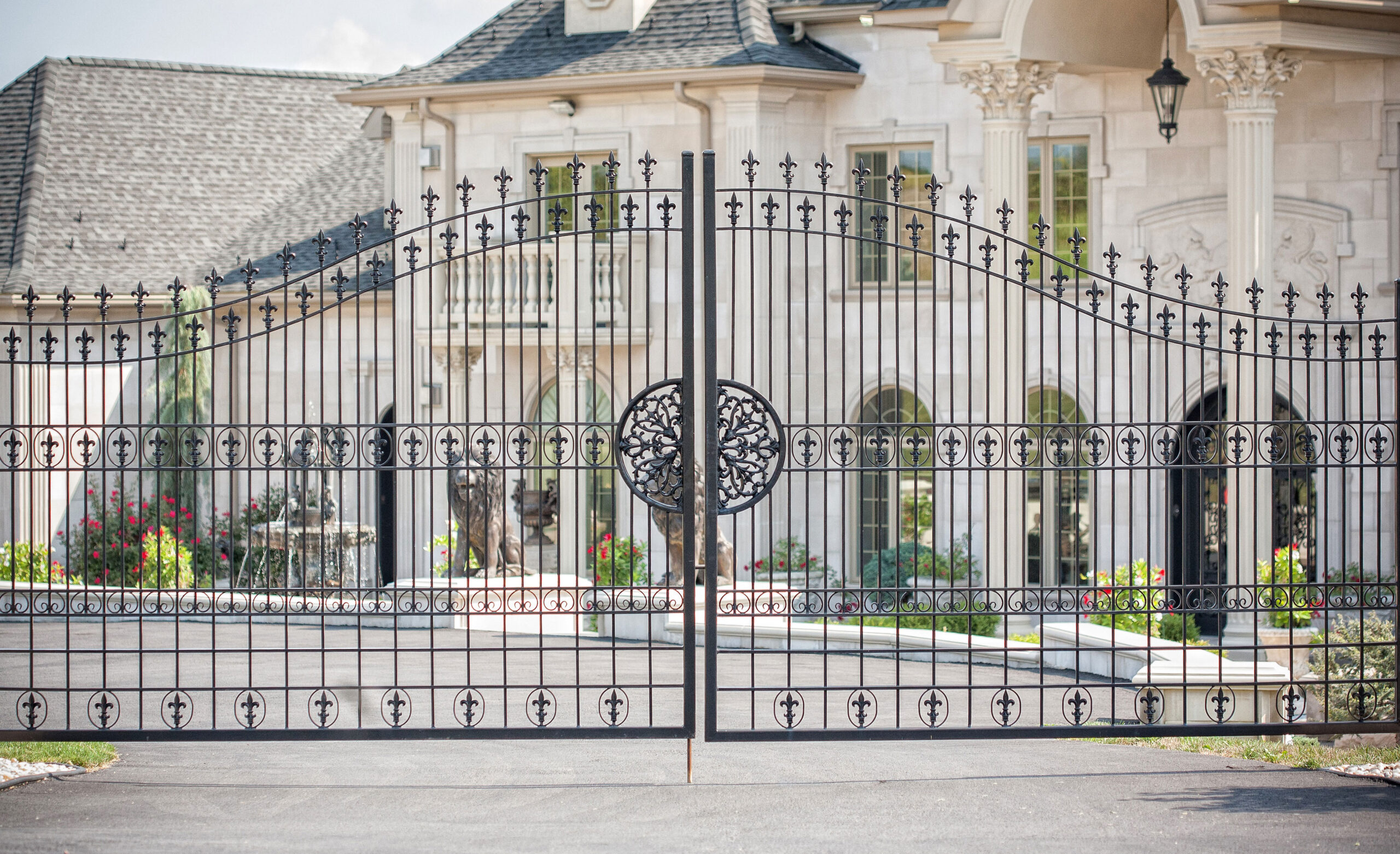You’ve probably heard the saying, “things aren’t like they used to be”—usually when someone’s reminiscing about the good old days. That definitely comes up a lot when people talk about wrought iron. But why is that? In this piece, we’ll take a quick look at the history of wrought iron and share some personal thoughts on the perceptions and realities on the ‘wrought iron’ of today.
Short History of Wrought Iron
For centuries, artisans have forged beautiful wrought iron railings, gates, and architectural elements that provide both safety and style. Traditional wrought iron was prized for its low carbon content, which gave it superior malleability, strength, and resistance to deep rusting. It also allowed for a multitude of intricate designs that stood the test of time—often outliving its original designer, owner, and creator.
Master craftsmen, such as Cyril Colnik and Samuel Yellin, used true wrought iron to create timeless masterpieces; many of which can still be seen today as testaments to their exceptional skill and the material’s enduring quality. However, due to the shift in materials in modern ironworks, today’s iron masterpieces will not easily have such lasting endurance.
The heavy us of wrought iron has been around for centuries, but by the mid-1800s, the invention of the Bessemer process revolutionized steel manufacturing by making it faster and more cost-effective to produce. This innovation, along with the entrepreneurial efforts of figures like Andrew Carnegie and Henry Clay Frick, helped drive down the cost of steel and expand its use across railroads, construction, and industry. While steel took over structural applications in most cases, wrought iron remained valued for its workability in decorative ironwork. By the early 20th century, wrought iron became increasingly rare and was used primarily for ornamental pieces like gates, railings, and fences, while steel dominated the industrial landscape.
Wrought Iron in the Modern World
Today, true wrought iron is rarely produced. Most so-called “wrought iron” railings, fences, and gates are actually made from mild steel; typically A-36 steel. While this material is different, it offers similar visual and structural qualities when crafted by skilled craftsmen.
Despite the misnomer, the term “wrought iron” remains widely used in the industry when referring to ornamental ironwork.
The Wrought Iron Conversation
With over 25 years of experience in the industry, we have had numerous interactions with people on the topic of “wrought iron.” Due to the generalization of the term over the years, and through mainstream marketing, we find ourselves speaking to people who fall into roughly three schools of thought on the topic of wrought iron:
#1 The Realist
The Realists know (and value) what true wrought iron is. They have often been around ironworks almost as much as we have and understand that wrought iron is a specific alloy with low carbon content and a more fibrous molecular structure than steel; which is commonly found in old architectural ironwork.
*We deeply respect this material and the authenticity it provides, but unfortunately, it is so rare these days that we have never had the privilege of creating a project out of true wrought iron.*
#2 The Purist
The Purist refers to those who believe A-36 steel is wrought iron. This understanding is a practical and widely accepted view in modern metal fabrication because of its visual and structural similarities. The key difference between today’s “wrought iron” and true wrought iron lies in strength and corrosion resistance.
We create many “wrought iron” fabrications using today’s substitute—A-36 steel. However, when we provide exterior ironworks with the new “wrought iron,” we recommend a duplex finish system of powder-coat over hot-dip galvanization, such as our CIW-2135-I finish.
*When we talk about wrought iron throughout our website and marketing materials, we are almost always referring to A-36 steel.*
#3 The Generalist
Some people refer to any metalwork—whether aluminum, stainless steel, brass, or even pre-fabricated hollow tubing—as wrought iron. That’s where we draw the line.
First, the properties of these different metals, though similar at a glance, are very different when you compare them side by side. How they age, what environments they can thrive in, cost, and weight all contribute to the clear distinctions between metals.
Additionally, we believe there is a clear difference between mass-produced, lightweight fences and the solid, handcrafted ironwork we create. From structure to beauty to lifespan, our work is built to far surpass “big-box store” products.
Conclusion: The Enduring Legacy of Wrought Iron
Though true wrought iron is rare today, its legacy lives on through skilled craftsmen who blend tradition with modern techniques. The materials may have changed, but the strength, beauty, and artistry of wrought iron remain central to decorative ironwork.
At Compass Ironworks, we honor this tradition by combining old-world craftsmanship with contemporary materials, ensuring each piece stands the test of time and celebrates the enduring elegance of ironwork.
